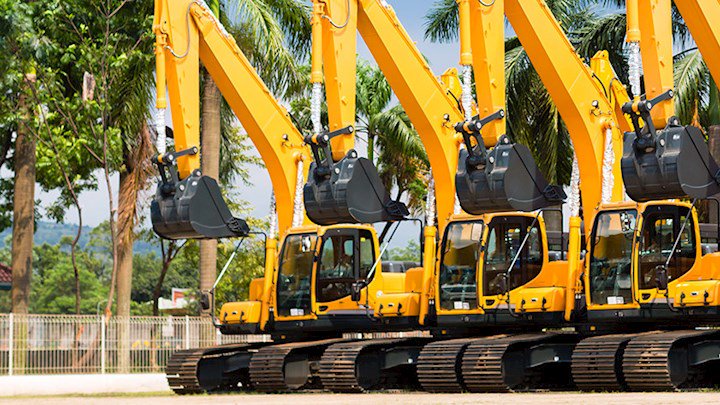Cranes are an essential resource in the construction industry. While the latest advancements in technology and information available have safeguarded many employees, common overhead crane safety risks still can lead to injuries and fatalities.
The Bureau of Labor Statistics lists dozens of crane-related deaths annually,1 some of which might have been prevented if proper safety practice were followed. Yet accidents are always a possibility when heavy machinery is used.
Here are the most common crane risks and ways your clients can manage those risks on their job sites.
Overloading the Crane
Many crane operators believe the misconception that overloading isn't possible due to safety factors built into the machine.2 Unfortunately, this misconception has led to many avoidable accidents. Although some components of crane systems do feature built-in safety factors, the system as a whole may not be outfitted with the same features. For example, chain hoists are required to have overload protection, but wire rope hoists are not.
Crane Boom Failure
The boom is a fixed or telescopic arm that moves objects. Though the boom's length and ability to move in different angles increase its utility on the job site, it can also increase the potential for accidents or injury. Attempting to lift weights larger than the boom can handle could cause the crane to tip. If the load's weight shifts during lifting, the force exerted on the boom could cause the boom to swing erratically.
To prevent boom accidents, only certified personnel should operate boom crane equipment. Cranes should be loaded responsibly according to manufacturer instructions, and workers interacting with these cranes on the job site should be aware of the boom's reach.
Inclement Weather on Crane Worksites
Changing weather is a threat to those operating and working with cranes. Rain, snow, ice and wind can become serious hazards for both the crane itself and surrounding area. For instance, high winds cause loads to swing or the crane to rotate uncontrollably or can cause damage to the components that may result in a crash.
Site managers should have a plan for inclement weather that includes the maximum wind speed the crane can operate in and what actions to take when precipitation is present. One way to monitor these conditions is to affix an anemometer to the boom point of the crane.
All machinery including cranes should also be assessed after the weather has passed.
Falling Materials
Of the 363 crane-related deaths occurring between from 2011 through 2015, 154 involved a person being struck by machinery or an object.1 Most were from materials that fell from the crane itself.
Tre Occupational Safety and Health Administration (OSHA) requires that all personnel on a site always wear protective equipment such as hard hats, eye protection, gloves and ANSI-approved protective footwear. Employees should also ensure that all loads are correctly secured and that all materials above eye level are safely stored.
Crane Contact with Power Lines
Crane operators should always be aware of the maximum height of their crane as well as any power lines in the area. When working near power lines, use a safe working clearance of at least 10 feet. Assume all downed power lines are live — even dead power lines may be reactivated when power is restored to the area.
Rigging Equipment Risks
Rigging equipment may also pose a threat to employees working with cranes if not properly used or maintained. OSHA requires that a qualified rigger assemble and disassemble rigging. All outriggers should be fully extended, and hoist lines should not be wrapped around the load under any circumstances. All rigging should also be inspected before use and all accessible areas within the radius of the crane's reach should be barricaded.
Minimize Crane Risk
Crane accidents are often a result of misuse, a lack of thorough inspection and maintenance, or poor judgment. Your clients' bottom line can be affected if they're not insured to cover these unfortunate accidents. An experienced specialty underwriter can analyze these often-overlooked risks and provide a sound assessment that meets the framework of the business.
RPS Signature Programs include crane and rigging coverage that considers all of these unique risks and provides a comprehensive assessment that works for you. Contact us today to begin integrating this critical coverage into your policy.
Sources
1"Fact Sheet | Fatal Occupational Injuries Involving Cranes | May 2019," U.S. Bureau of labor Statistics, 22 May 2019.
2Dunville, Larry. "Six Dangerous Misconceptions About Crane Safety," The Fabricator, 10 July 2003.




